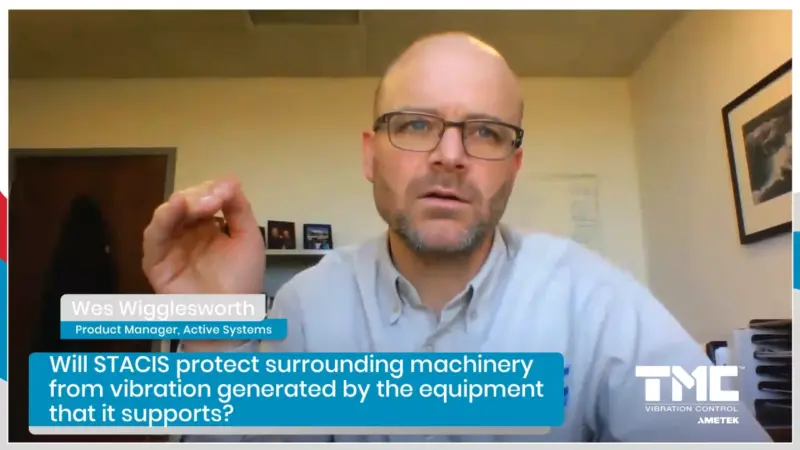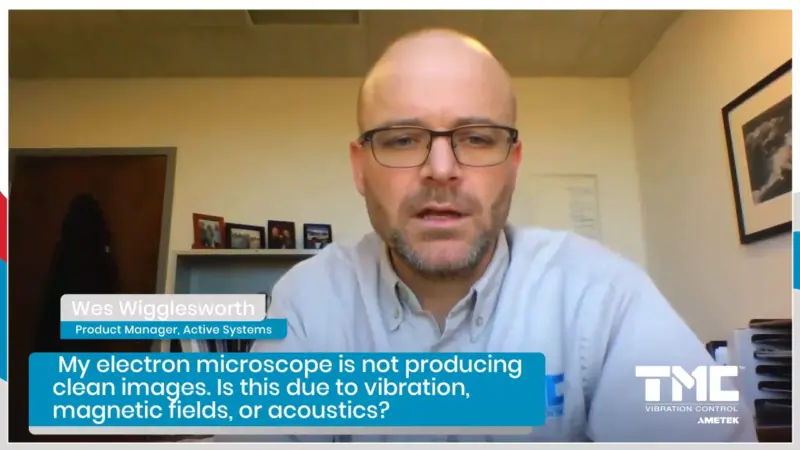Revolutionizing Precision Instruments: Advanced Solutions for Vibration Cancellation
In the world of ultra-precision instruments and their applications, the issue of vibration is a persistent challenge that disrupts efficiency and the accuracy of data. Every researcher, engineer, or scientist operating sensitive equipment like electron microscopes, gene sequencers, and more, has faced the dreaded vibration artifact. As Mike Georgalis, North American Sales Manager for TMC, adeptly explains, this problem can stem from the instrument itself or environmental factors such as floor noise or even human motion. However, it’s not all gloom; solutions for vibration cancellation exist, and choosing the right one is simply a matter of understanding your specific needs.
The traditional approach involves a four-post isolation frame with a pneumatic isolator insert, essentially a mass-spring-damper system. This type of isolator provides a basic but effective solution, balancing air pressure with mechanical resistance to achieve an acceptable degree of vibration cancellation. Nevertheless, this mechanism tends to have a resonance at low frequencies and might not provide sufficient isolation in environments with high levels of disturbance.
An alternate to pneumatic isolators are die springs, which are purely mechanical. While these are effective for high frequency vibration cancellation, they typically suffer from low-frequency resonance. This could be problematic for some applications, especially if they’re sensitive to such frequencies.
For cases where greater vibration cancellation is required, active cancellation systems come into play. These systems can be further divided based on the source of vibration: instrument-generated or environmental (floor) noise. For instrument-generated noise, a parallel active cancellation system like TMC’s Electro-Damp series is ideal. This system uses both feed-forward and feedback loops to rapidly counteract stage motion and machine-generated noise, leading to quick settling times.
Conversely, floor vibrations call for a serial active cancellation system, such as TMC’s piezoelectric cancellation technology. This configuration allows the payload and sensing feedback loop to function independently, maximizing control bandwidth for low-frequency cancellation. The system can also be upgraded to handle payload motion, creating a versatile solution that can handle both high and low-frequency disturbances.
The key to overcoming vibration issues lies in understanding these options and their use cases, allowing you to customize the perfect solution.



